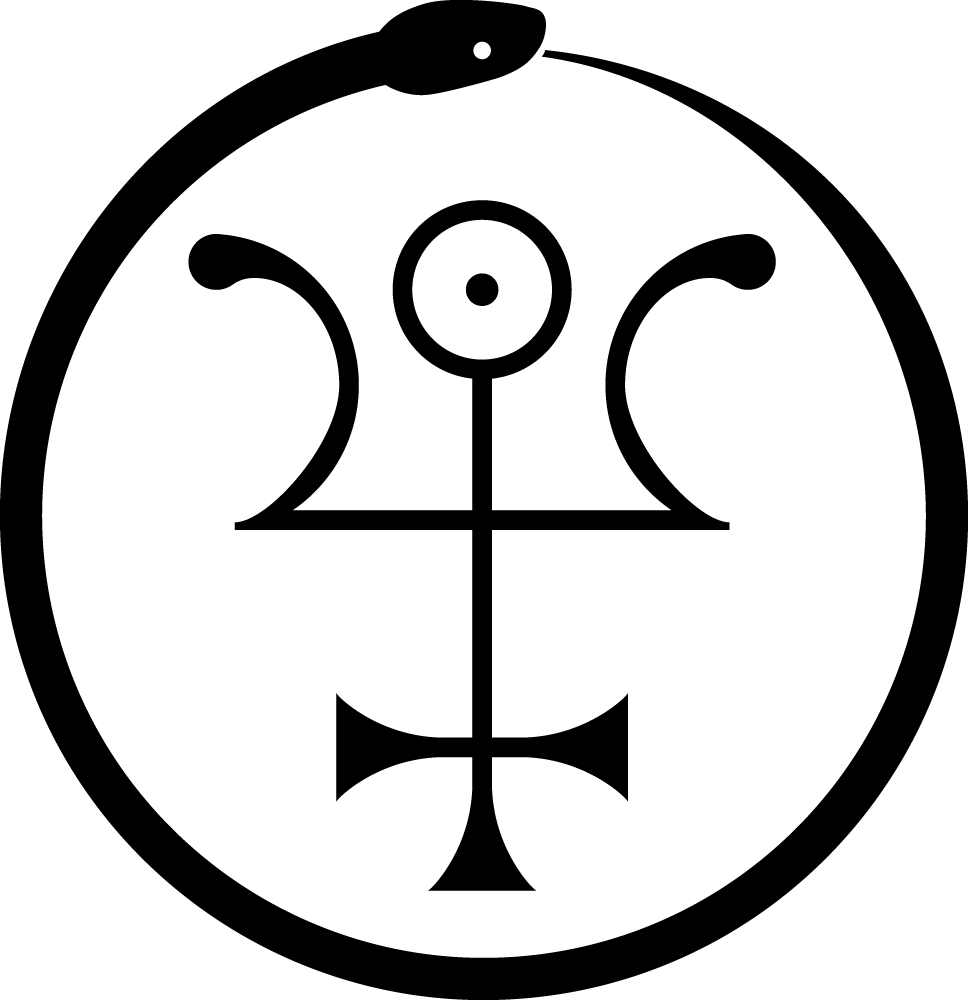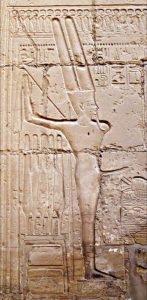(prehistoric/mythic)
by T. Apiryon
Also known as Min or Amsu. Egyptian ithyphallic fertility god, and Nome-god of Panopolis (Apu, near present-day Akhmim). The Greeks identified him with Pan.
Khem is depicted as a human male, wearing a crown with two tall ostrich plumes, with the right hand raised behind his head holding a flail, the left hand hidden; and with a prominent erect phallus. He represents the power of generation, and was considered the god of the harvest and protector of crops. His sacred animal was a white bull. Khem was also the native name for Egypt, it means “black” and referred to the fertile, black soil of the Nile valley. Linguistically and ethnologically, Khem is equivalent to “Ham” of the Book of Genesis 9 and 10, the youngest son of Noah, and the progenitor of the Egyptians, Nubians and Canaanites.
This saint was italicized in the 1919 e.v. version of the list, but not in the 1929/30 e.v. version.
References:
Budge, Sir E.A. Wallis; The Gods of the Egyptians [1904], Dover, NY 1969
Forlong, J.G.R.; Faiths of Man, a Cyclopaedia of Religions [Bernard Quaritch, 1906], University Books, NY 1964
Viaud, J.; “Egyptian Mythology” in The New Larousse Encyclopedia of Mythology, Hamlyn, NY 1959/1968
Original Publication Date: 5/11/95
Originally published in Red Flame No. 2 – Mystery of Mystery: A Primer of Thelemic Ecclesiastical Gnosticism by Tau Apiryon and Helena; Berkeley, CA 1995 e.v.

